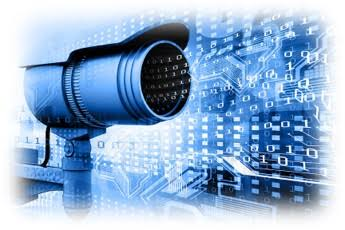It’s easy to forget the mountains of analog evidence that still contain useful clues in this day and age of digital ubiquity. Though VHS tapes, floppy disks, and film reels may seem like remnants of bygone times, they can still be essential components of the puzzle in civil and criminal investigations.
Naturally, the difficulty lies in the fact that these analog formats frequently conflict with contemporary technology. Forensic video analysis is useful in this situation. By employing a variety of strategies, Forensic video analysts are able to extract crucial information from outdated and damaged video footage.
What is Forensic Video Analysis?
The scientific examination of video evidence is referred to as forensic video analysis. There are several methods involved, including
- Video enhancement: Sharpening blurry images, reducing noise, and adjusting color balance are all examples of this.
- Video authentication:This ensures that the video has not been altered in any way.
- Video scene analysis:This involves recognizing objects, people, and locations in the video.
- Video motion analysis:This generally relates to tracking the movement of objects in the video.
How can forensic video analysis Help?
Gone are those times when grainy video indicates a dead end. Today, a competent video analyst can do incredible things with the forensic video analysis software. They use a variety of tools to improve, verify, analyze, and extract useful information from seemingly useless footage. Given below are some of the major tasks carried out by a forensic video analyst
Sharpening the Blurry: Imagine a grainy video of a bank robbery. The analyst can sharpen the image using video enhancement, bringing out details like clothing patterns or facial features. This makes it very easy to identify the suspect. Also, techniques for noise reduction can get rid of distracting static, giving way to a clearer scene analysis. Color balance adjustments can likewise bring out minute details that would otherwise be lost.

Verifying the Untouched: A constant concern in the field of forensics is tampering. Forensic video analysis provides tools to authenticate the video, guaranteeing its integrity. Any manipulations can be revealed through analysis of file formats, detection of compression artifacts, and editing marks, all of which increase the credibility of the evidence.
Unveiling the Hidden: Scene analysis digs deeper here. The analyst can identify things, people, and locations even in the most pixelated footage thanks to sophisticated software. It is also possible to extract license plate numbers, store logos, or street signs, providing crucial context and leads.
Mapping the Movement: The analyst can reconstruct events, identify trajectories, and even estimate speeds by tracking the movement of people and things. Imagine a hit-and-run collision; To locate the driver, motion analysis can reveal the vehicle’s path and speed.
From effectively identifying suspects and corroborating witness accounts, Forensic video analysis gives old evidence new life. It is a potent instrument that is constantly evolving alongside technology to ensure that no obscure detail is overlooked.
Conclusion
Forensic video analysis is a potent instrument that can assist in providing better clues from old evidence. The analysts are able to decipher crucial information from even the worst-case footage by employing a variety of methods. As the world of technology keeps on advancing, we keep our hands crossed and expect to experience more sophisticated video analysis devices that can assist in solving the most challenging cases.



Leave feedback about this